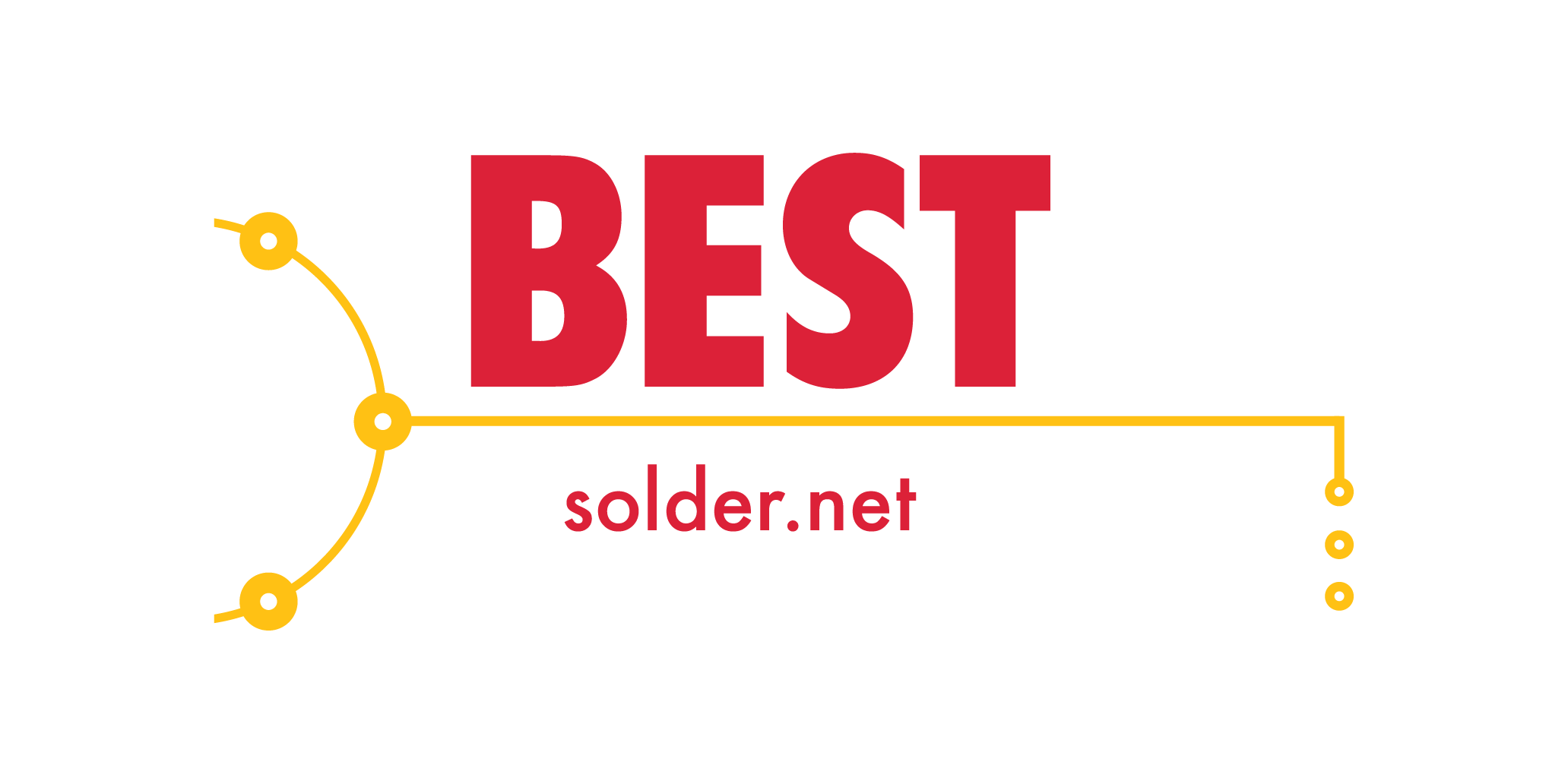Know The Process of Reworking And Repairing of PCB
Jan 12th 2021

Rework of the PCB assembly involves de-soldering or re-soldering on the board of some surface-mounted and throughhole components. The word, therefore, means repairs or replacements needed on a PCB. There are some difficulties involved, however. Rework cannot be mass-produced, unlike PCB production. Therefore, when it comes to PCB assembly repairs, there are cost and time problems involved, and if it is a lead-free assembly, the cost increases more. As PCB Manufacturing and Assembly Process is not a zero-defect business, PCB rework will continue to be there at all times.
Why Printed Circuit Boards Fail?
Aside from physical damage, component failure is the most common reason why PCBs need repair and rework. Component failure may be the result of low quality, dislodging, or ageing of components. A bad PCB layout, however, is the most common cause. Power failure, overheated parts, and burned components may result from a poor design.
Why Are The Services For PCB Repair Important?
When a design error is found, it must be immediately corrected. Changing the mid-production PCB design will wreak havoc on your production schedule and budget when your manufacturing partner provides printed circuit board repair and rework services. The ability to repair and rework PCBs enables the manufacturer to upgrade the boards as closely as possible to meet the latest specifications.
Here are a few methods that can help to enhance and streamline thePCB reworkand repair process:
1.) Storage And Handling of Electronic Assemblies
In maintaining the consistency of a PCB, handling, packaging, and storage are all essential factors. Lack of sufficient storage, packaging, and handling can lead to contamination, physical damage, deterioration of solderability, and moisture absorption. The products used for transport and storage should be tested for packaging to ensure that they have no adverse effects on the board they intend to protect.
2.) Recognize Your Product
Does your PCB contain lead or lead-free solder? Does halogen-free resin make use of your PCB? Does your PCB show corrosion, and if so, where are the common points of corrosion and the correction procedure? It is essential to know every aspect of your product to use the correct methods and reduce repair time. To ensure a smooth PCB rework and repair process, the materials from which it is manufactured, common problems with your particular board, and where the board was initially created are all critical pieces of information to know. In the rework and repair of PCB’s, there are several modules with the IPC certification as well as correlated training given on the subject that can help facilitate the process.
3.) Divide & Conquer
Dividing the labor needed on each board is a wise choice, depending on the scope of rework and repair required, as it can save a company time and money. It has long been recognized that assembly lines’ production is a highly efficient way of assembling equipment. PCB’s are no different from that. The separation of the steps needed to complete each board improves manufacturing productivity and decreases assembly error




